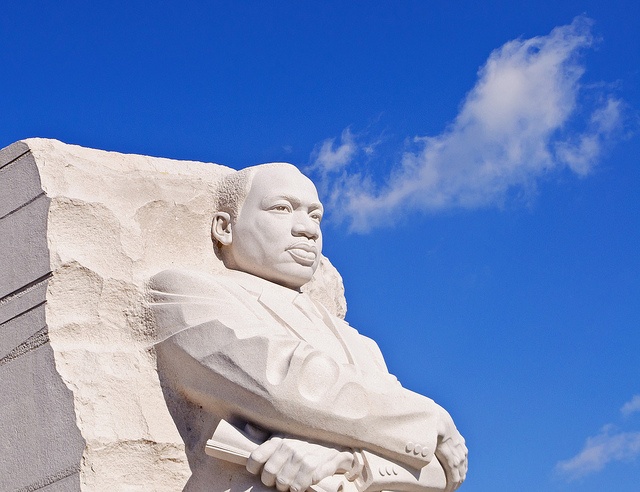"Peace proposals unaccompanied by a sworn covenant indicate a plot." —Sun Tzu, The Art of War
"We are all just trying to be holy." —Richard Siken, Snow and Dirty Rain
If we’re going to talk about Dr. Martin Luther King Jr., I want to talk about the tactician. I want to talk about the general who methodically moved the war banner of racial equity across the country—who died in the fight.










